Loraine Stephanson is an artist based in Penticton, British Columbia whose work I’ve followed on Facebook and have been enchanted with her small landscapes for some time. I recently asked her if she’d be willing to share some thoughts about her background and work and I’m delighted she agreed to this email interview.
She shows with the Bugera Matheson Gallery in Edmonton, Alberta and has shown in numerous other galleries and venues in Canada. She holds an MFA from the University of Alberta in Edmonton, Alberta.
Stephanson spoke about her smaller works on the gallery’s website:
“In 2014 I undertook a self-directed study project intended to help me make more deliberate choices about color and composition. I painted small watercolors exclusively, in bound sketchbooks, working from both observation and memory. After completing a stack of those sketchbooks, I began working with oil paint on small panels, treating each with the same attention and focus I would afford a large canvas. The practice of painting small scale is challenging and satisfying on many levels. Small paintings can infer large space and scale. The determination to paint small also feels like an aspect of the new urban world, where taking up large physical space is increasingly at a premium.”
Larry Groff: How did you get your start with painting?
Loraine Stephanson: As a child, I liked to paint and draw and spent a lot of time at it. One of our neighbors was a retired landscape architect who gave Saturday afternoon classes for kids, where we made model parks and gardens with cardboard, paint, florist foam, twigs, moss, and stones, etc. It was completely immersive and I loved it. My father hooked up a battery to wire and a flashlight bulb so I could light my little dioramas. A few years later I had a high school art teacher who loved art and knew how to instill seriousness about the class in his students. We had art history slide lectures and learned many fundamentals of drawing and painting. It was good preparation for studying painting at university.
LG: What are some of the most important things you strive for in your painting?
The notions of quality and authenticity are most important to me in my painting. In art school, we were advised that the world didn’t owe us a living because we had decided to be painters and that we should develop a “fall-back” way of earning living if we wanted to make art that would be authentic. That has proven to be worthy counsel. We had a lot of critiques, and I learned that the best professors are those who teach students how to suspend their egos, critique their own work, and not be complacent about quality. Those experiences allowed me to paint what I have needed to paint. I spend considerable time on each piece – although some look simple, they are “slow paintings”. The end goal is that the viewer should sense the spark of excitement/wonder that inspired me to paint a particular image.
LG: What have been the biggest influences in your painting?
Loraine Stephanson: Other painters have influenced my painting – Josef Albers, Fairfield Porter, Manet, Lois Dodd and Larry Poons, to name a few. The names change regularly. The main influences in my approach to painting, however, are likely not as noticeable. In my first year of university, art writer and critic Karen Wilkin taught part of a survey art history course, and brought Byzantine and early renaissance art to life for me. I knew that I had to go and see some of those works. To my great good fortune, at the end of that term, I was hired to do drawings of artifacts for an international team of archaeologists in Italy. The year spent in southern Italy doing those drawings and traveling north to see frescoes, panels, and mosaics firsthand was life-changing. The process of archaeological drafting is technical, meticulous, and meditative. It bought a sense of thoroughness and discipline to my painting. Handling and drawing Roman and Greek artifacts, I felt a strong physical connection to the mosaics and frescoes I had seen. That discipline has guided me subliminally throughout my years as a painter. It has helped me maintain focus and regain it when my painting feels temporarily lost.
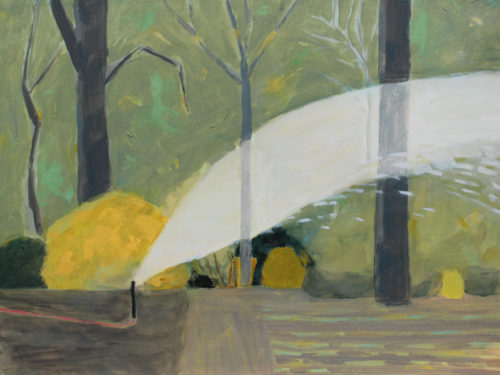
Watering Seedlings, oil on archival panel, 12 x 16, 2020
LG: Do you make your paintings on-site? What does that bring to your work?
Loraine Stephanson: I enjoy painting on site but rarely finish a piece on the first pass. I carry a limited number of colors to each session with a goal of approximating local color and tonalities with whatever paints I have brought. The paintings are worked further in studio sessions, and eventually finished with the help of memory, and/or imagination, drawings, written notes, and photo references. Being outside painting is an important part of the process. It emphasizes the necessary skill of editing and increases my sense of connection to a particular place in the landscape. I enjoy the time spent quieting my mind and absorbing the subject before starting. Plus, it’s an excuse to be outdoors!
LG: What’s it like being a landscape painter in Canada these days?
Loraine Stephanson: There are vast areas of wilderness in Canada where you can have the world to yourself as a painter. Increasingly, however, the places one can easily get to for a painting session are affected in some way by human habitation. I often use evidence of habitation in my landscapes – simple buildings, roads, rooftops, fences, power lines, etc. These help define scale and reinforce the “grid-based” compositions I like to work with. I find vistas overwhelming to paint, and prefer to paint subjects that are close up. In recent decades, Plein air painting was considered a trite pastime by some Canadian painters, but it’s now experiencing a revival as more artists seek a connection to the landscape through the practices of observational and perceptual painting.

Cottonwood Seeds, Summer Evening oil on wood, 12 x 12 inches, 2020
LG: How has the pandemic affected your work?
Loraine Stephanson: Last winter the pandemic was unnerving, with two scheduled exhibitions for the coming year, and no certainty whether galleries would even survive the Covid shutdowns. Supply chain issues caused an interruption in my process. This involved days of online and phone searches for project materials I’d always taken for granted as being easily available. Covid restrictions in British Columbia have also meant staying home as much as possible. I’m fortunate to have amenable upstairs space at home for my studio, with interesting window views in all directions. Instead of venturing into the countryside to paint this summer, I painted in the garden. I don’t notice that the pandemic has really affected what or how I paint. However, it has given me a new appreciation for being a painter, enjoying the solitude involved in making paintings at this time of necessarily restricted social interaction.
Link to video of a Pecha Kucha talk on plein air painting by Loraine Stephanson, for British Columbia’s Meadowlark Nature Festivalhttps://www.pechakucha.com/presentations/plein-air-painting

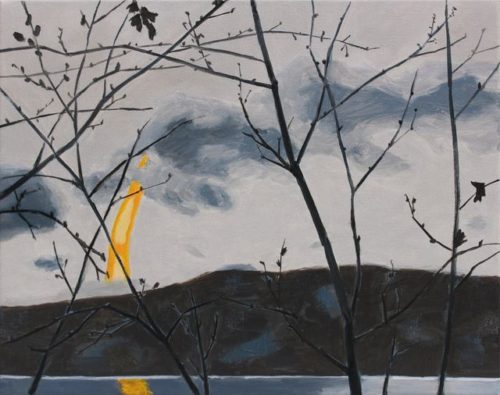
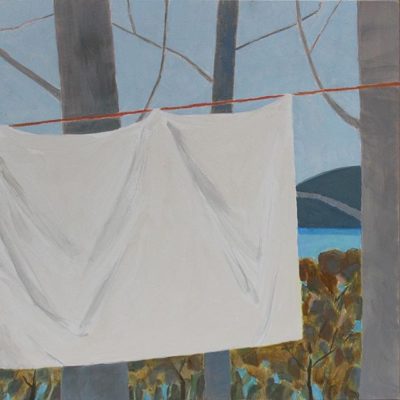
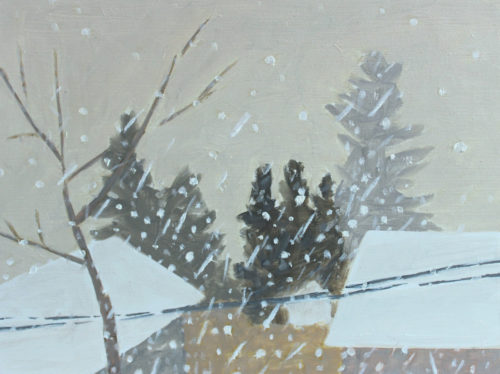
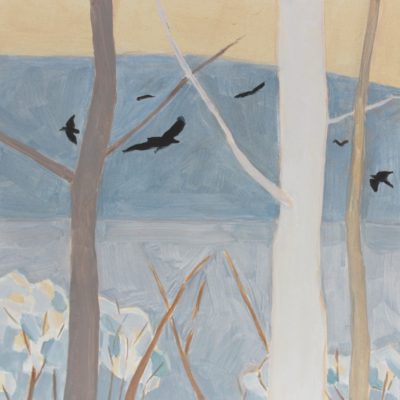
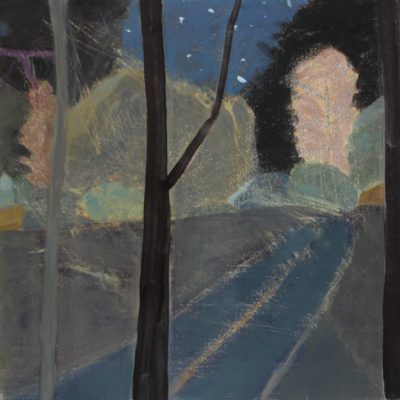
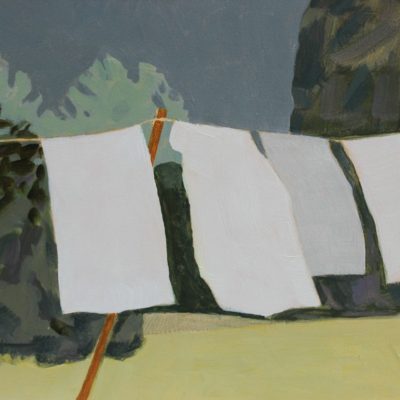
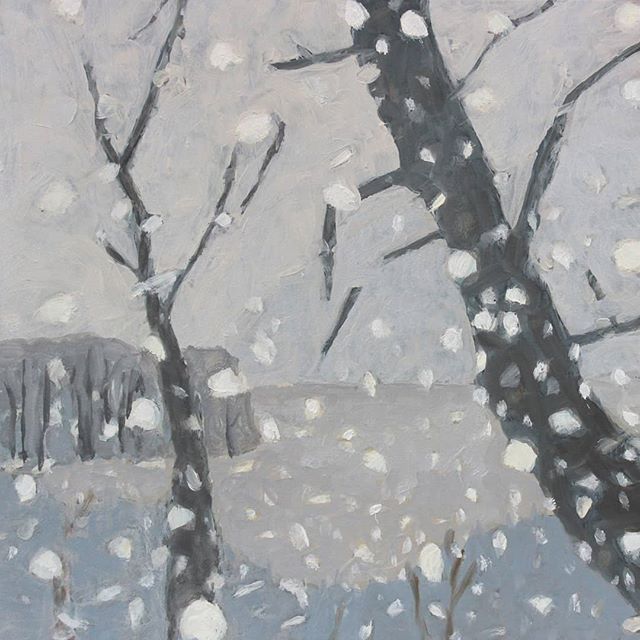
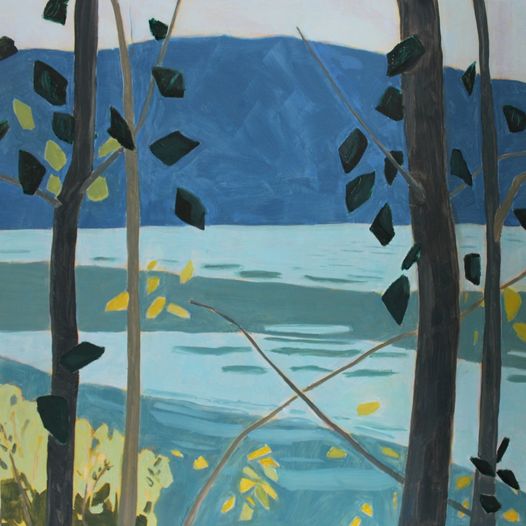
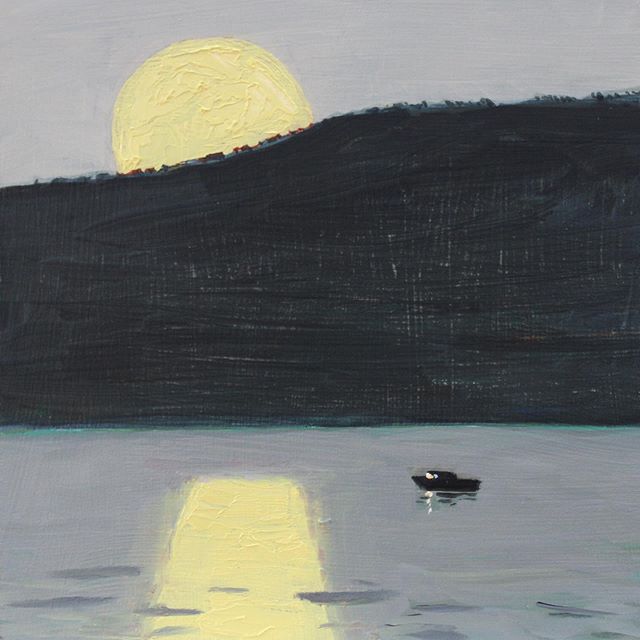
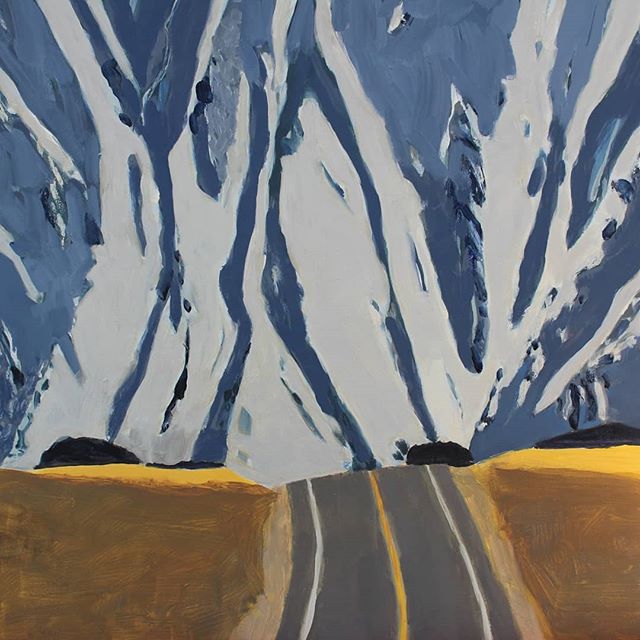
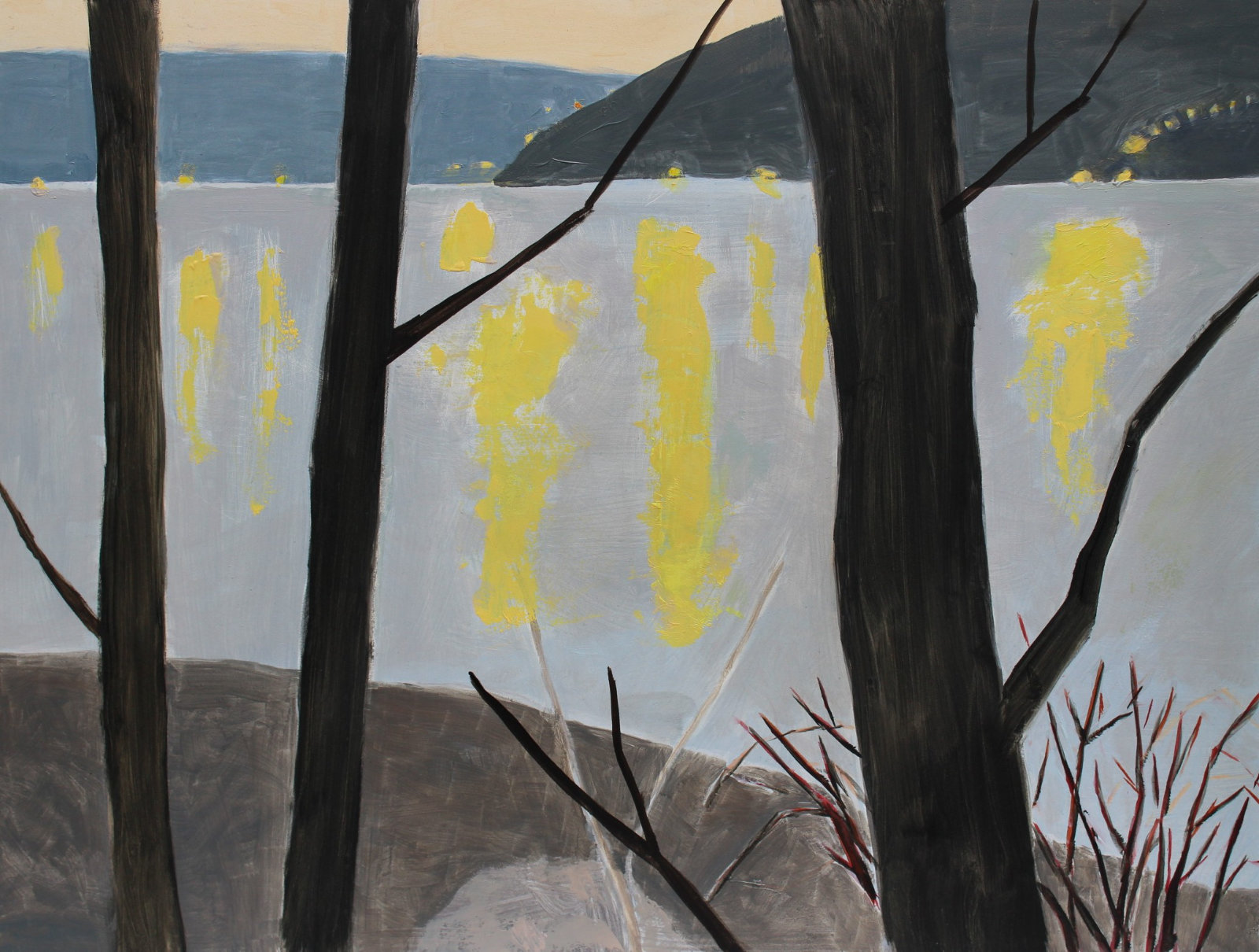
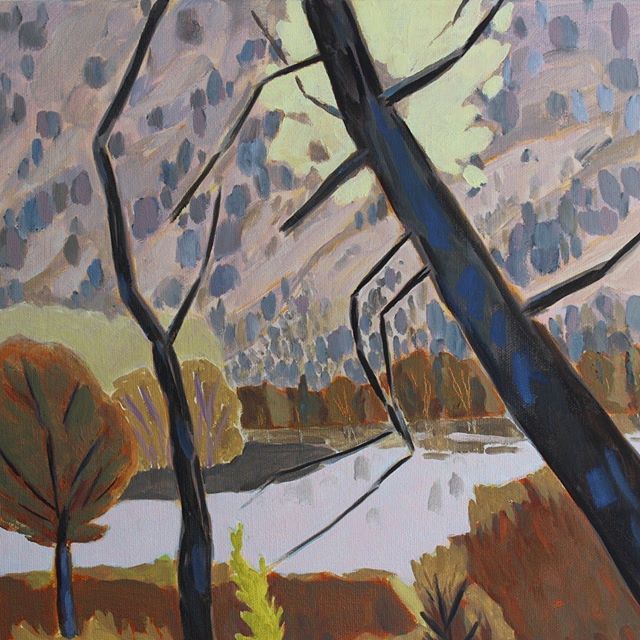
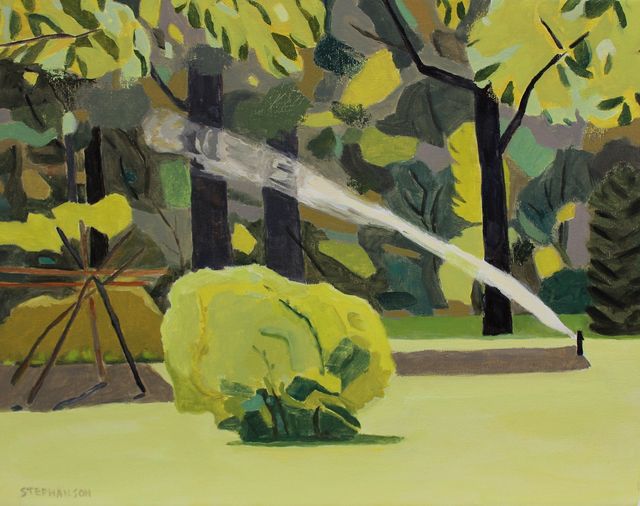
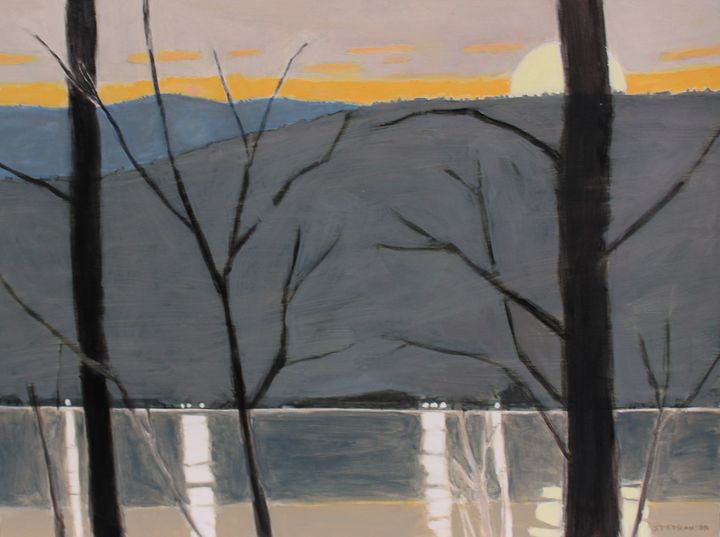
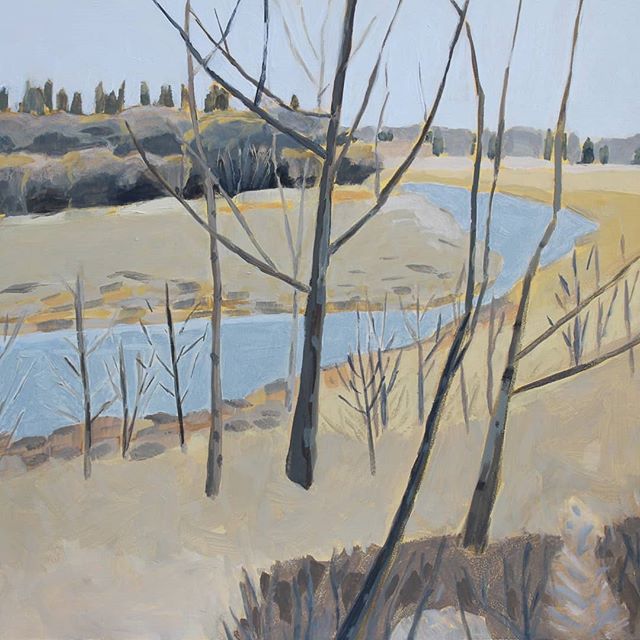
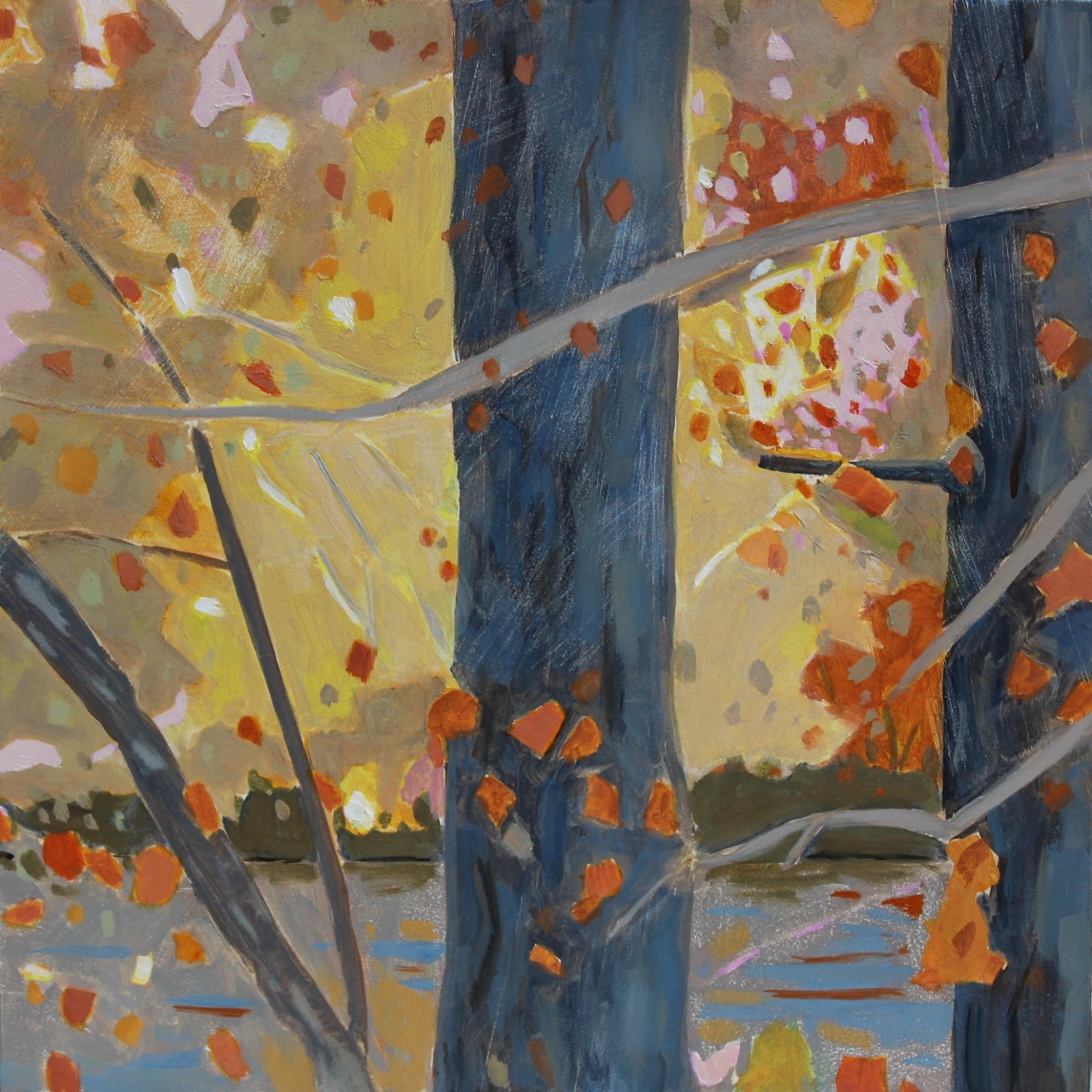
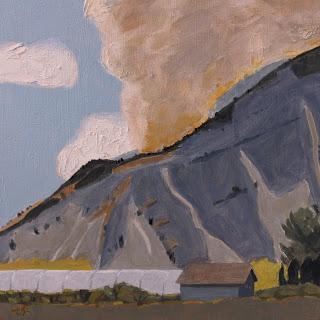
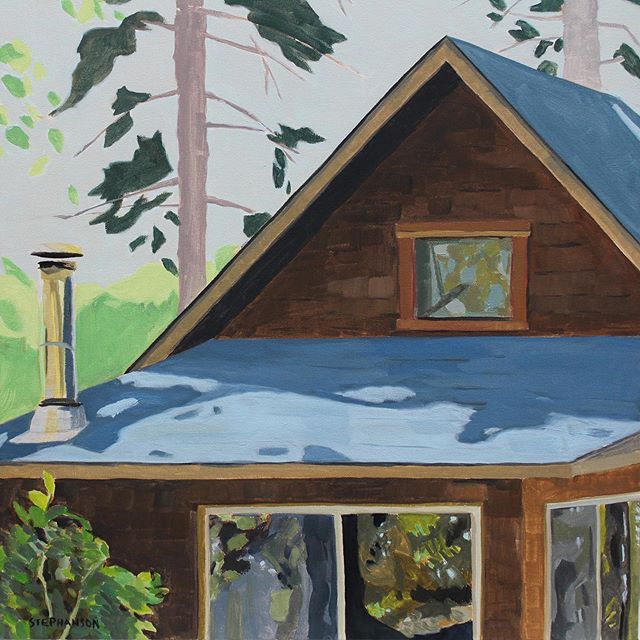
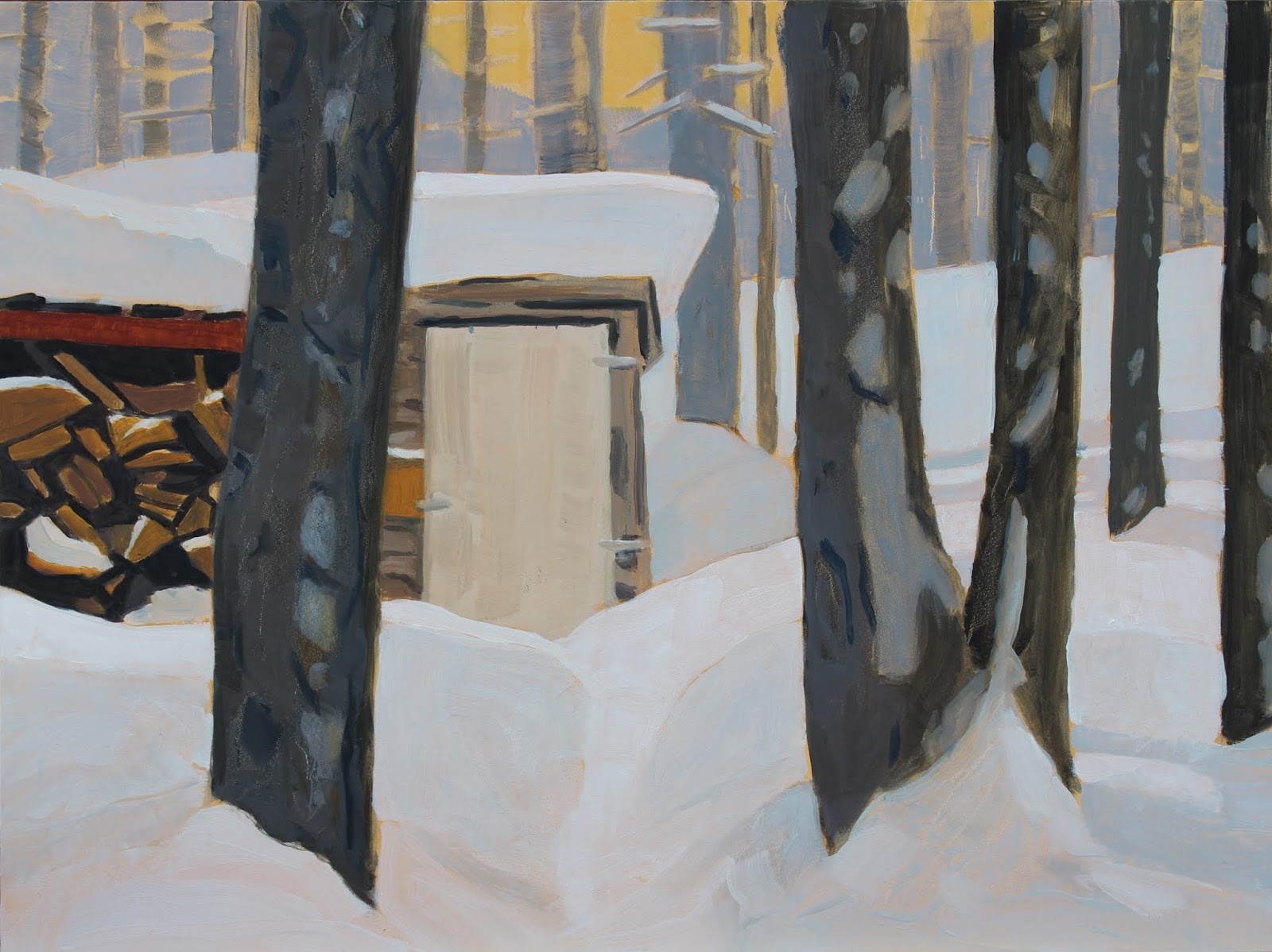
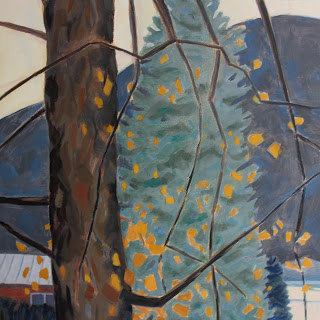
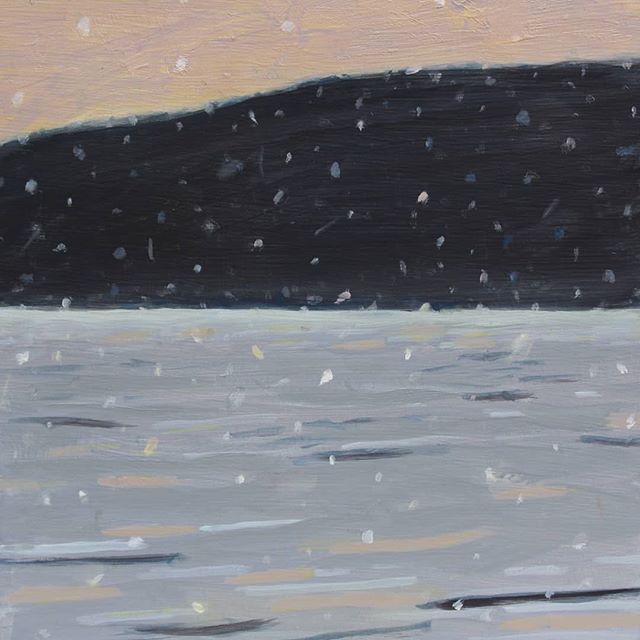
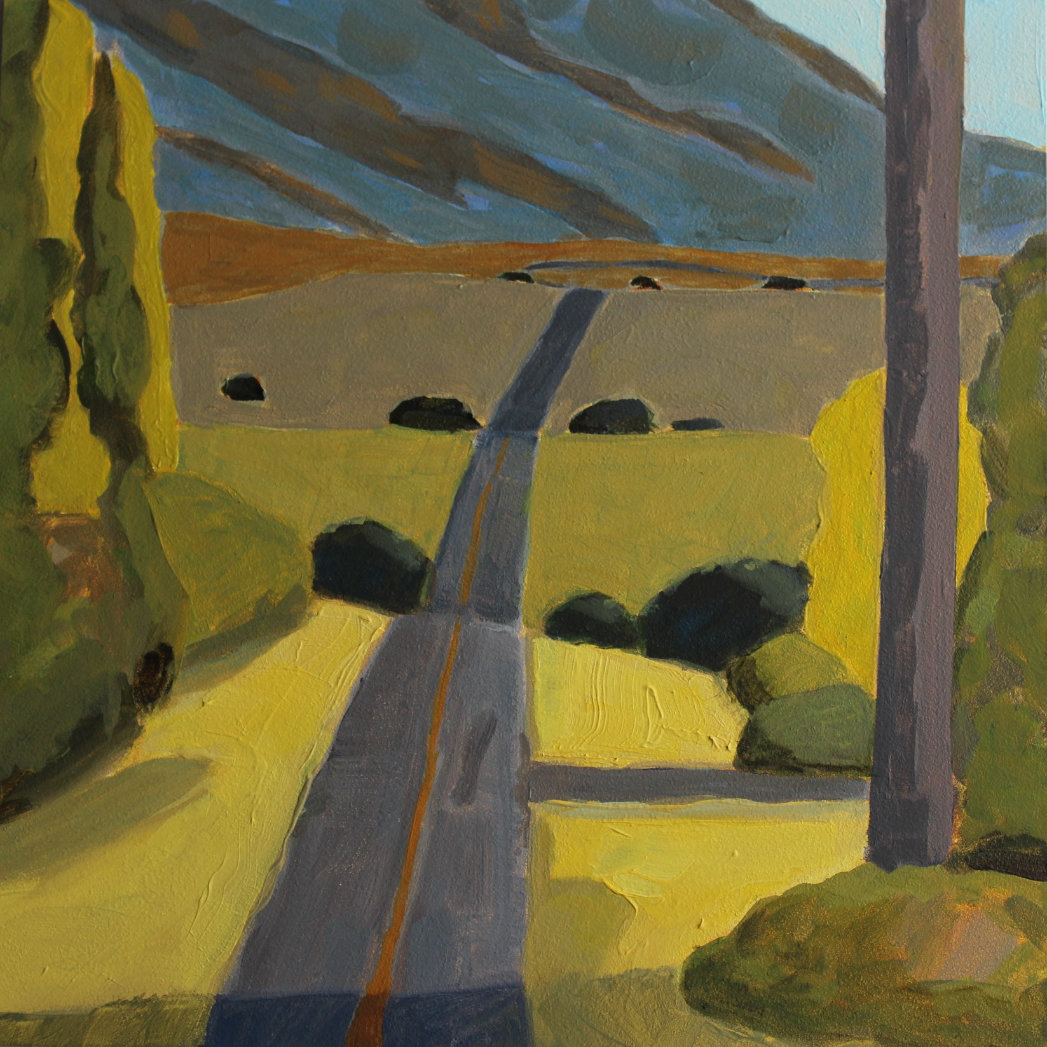
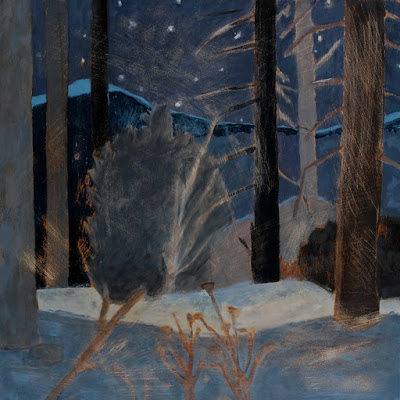

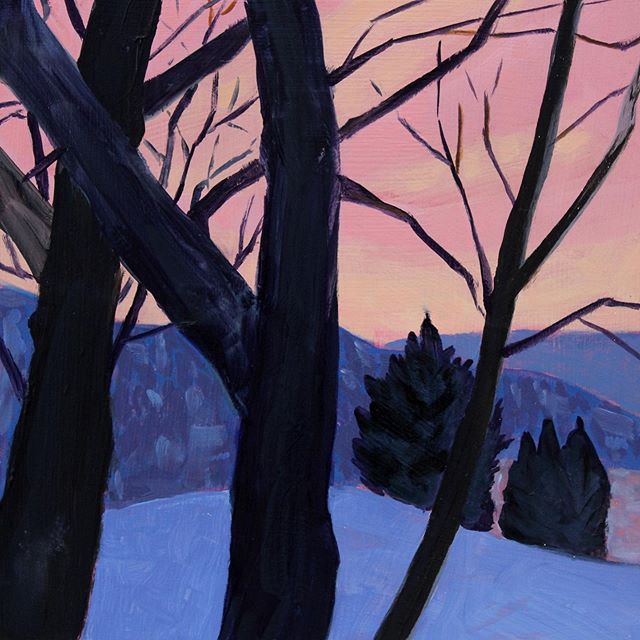




Beautiful paintings of an unfamiliar landscape. Interesting to me how distinct and different the Canadian landscape looks from Maine paintings or New England paintings, for example. The color esp. was distinctive.
Many thanks Very supportive information
Beautiful! I find Loraine’s works to be calming, art I would never tire of looking at! She must possess great skill to create such engaging little pieces for art. Also, i really appreciate this honest and informative interview, thank you!
very nice post (very interesting as usual) and nice works
Amongst her influence she rightly mentions Lois Dodd (As for Fairfield Porter personally I don’t see much Fairfield Porter’s influence here.)
But what about Alex Katz? A deliberate omission? Or once she mentions Lois Dodd, Katz’ influence becomes already implicit and obvious!?
It would be nice to know!